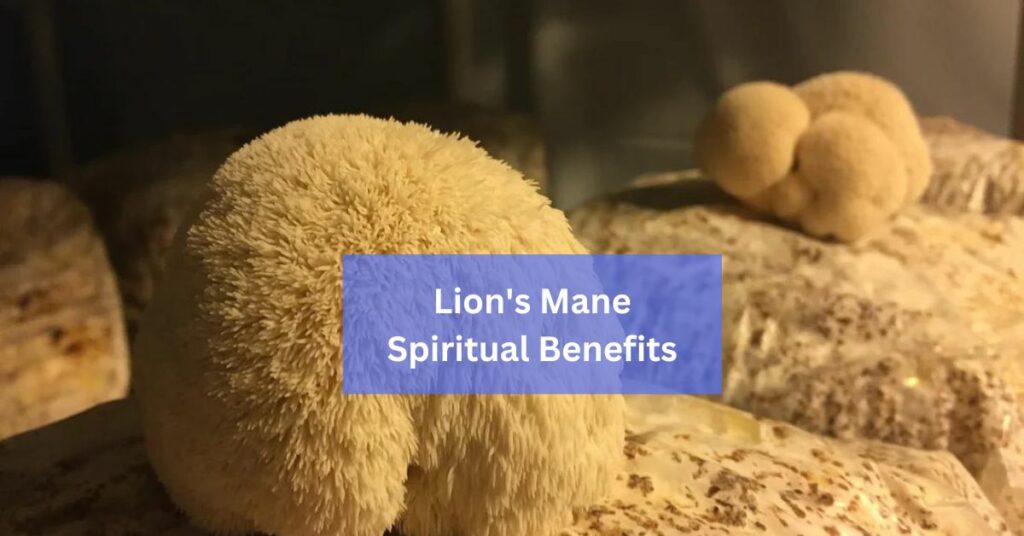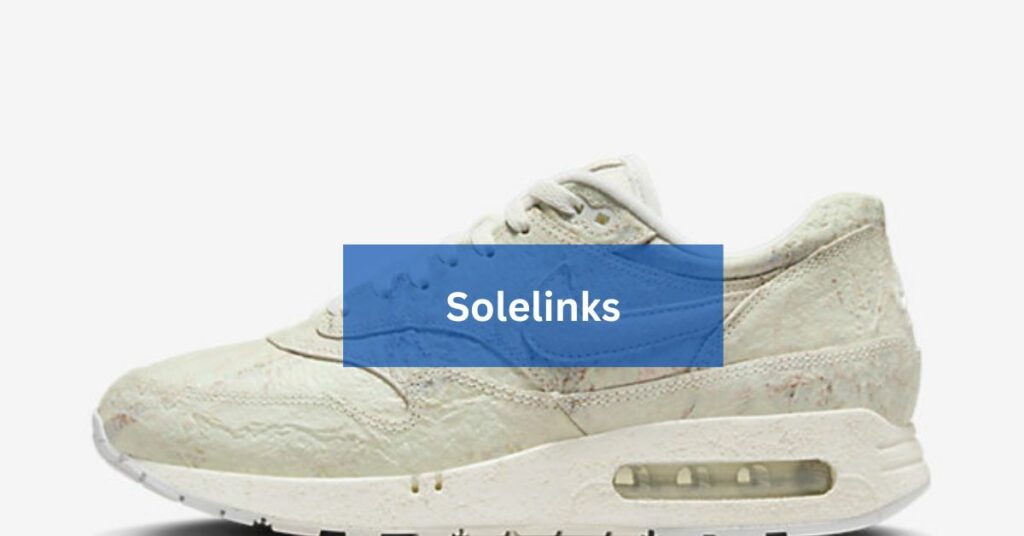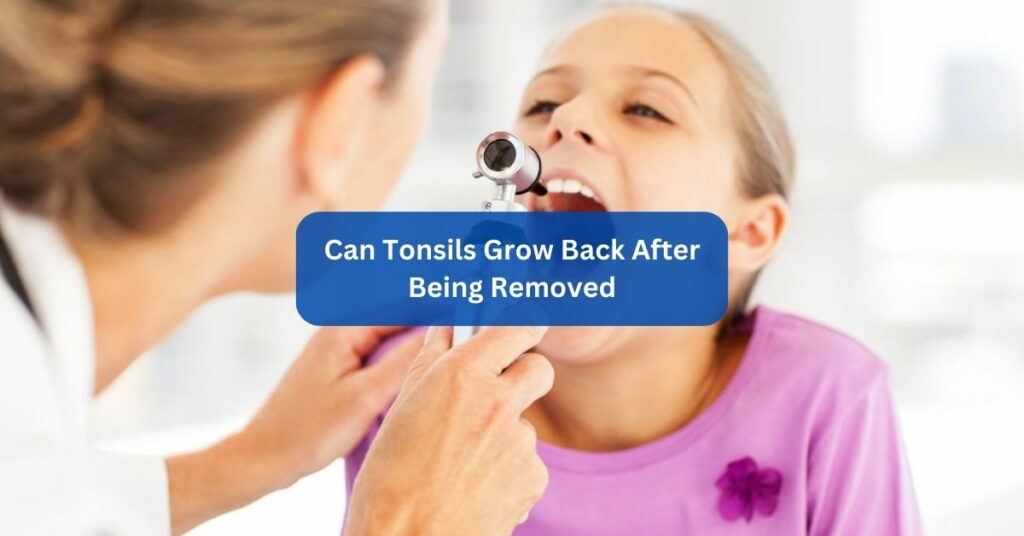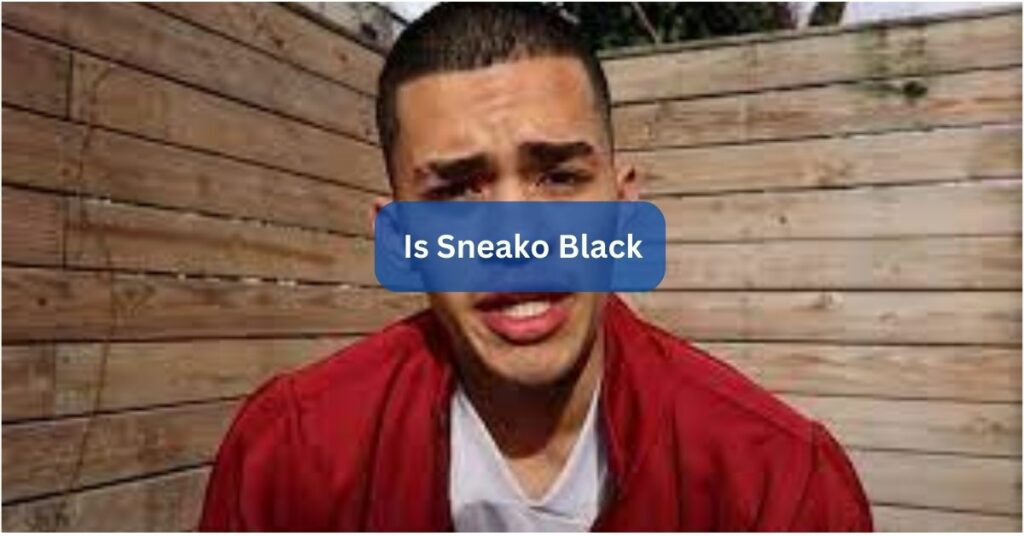- What religions wear cross necklaces?In the realm of religious symbolism, few items hold as much significance as the cross necklace. This simple yet powerful adornment has transcended religious boundaries and is worn by…
- How Taking Home Loan in India Is Best Decision NowadaysIn India, the decision to take out a home loan has gained significant traction in recent years, and the rationale behind it is pretty compelling. With the escalating prices…
- Buy Dogecoin On eToro – A Thoughful Guide In 2024!In the realm of cryptocurrencies, Dogecoin has emerged as a prominent player, capturing the attention of investors worldwide with its fun-loving community and unique origins. With its recent surge…
- High Risk Merchant Account High-Riskpay.Com – Exploring!Are you a business owner facing challenges in accepting credit and debit card payments due to being labeled as high-risk? Look no further! High-riskpay.com offers specialized merchant account services…
- Beliktal – Embrace Sustainable Living Today!In an era where sustainability is paramount, individuals seek ways to live harmoniously with the environment while enhancing personal and communal well-being. One emerging concept gaining momentum is “beliktal,”…
- New Holstein WI – A Hidden Gem in Wisconsin!If you’re looking for a charming small town with a rich history and vibrant community spirit, look no further than New Holstein, WI. New Holstein, WI is a town…
- Mma Subreddit – A Complete Guidance In 2024!Welcome to the electrifying world of mixed martial arts discussions, where the heart of the action beats on the digital canvas of r/MMA. With a staggering 2.7 million members,…
- Lion’s Mane Spiritual Benefits – A Thoughtful Guide In 2024!In the realm of natural wonders, Lion’s Mane mushroom stands out not only for its remarkable health benefits but also for its profound spiritual advantages. Lion’s Mane offers spiritual…
- MyEKU – Navigating Eastern Kentucky University’s Portal!The digital era has revolutionized the way educational institutions operate, and Eastern Kentucky University (EKU) has embraced this transformation with its cutting-edge Information Technology infrastructure. At the heart of…
- Solelinks – Click Here For The Full Scoop!In the ever-evolving world of sneaker culture, staying ahead of the game requires more than just a passion for footwear; it demands a reliable source for timely and accurate…
- Mary Fanto – A Complete Guidance!Mary K. Fanto, a producer and actress from Pittsburgh, known for films like “Behind Enemy Lines” and “Mighty Joe Young,” passed away in December 2019. She was also a…
- Juanita Katt – Explore The Details Instantly!In the glittering realm of Hollywood, where dreams materialize, Juanita Katt holds a unique position. She carries forward a cherished family legacy in Hollywood, a lineage deeply rooted in…
- Which Of The Following Correctly Describes NIMS? – Dive Into Detailed!In the realm of incident management, clarity and efficiency are paramount. The National Incident Management System (NIMS) stands as a beacon in providing just that—a systematic approach to handling…
- Is Carvana Going Out of Business – A Comprehensive Guide In 2024!In the ever-evolving landscape of the automotive industry, concerns about the stability of prominent players like Carvana often emerge. However, it’s crucial to address these concerns with a balanced…
- Why Was Flexeril Discontinued? – Discover More Right Away!Flexeril was discontinued primarily due to the emergence of safer and more effective alternatives, along with concerns regarding its potential for abuse and diversion. This article delves into the…
- Origin Post is Preparing Shipment – A Journey of Trust and Excitement!In the online shopping realm, the joy of buying doesn’t stop at clicking “Add to Cart.” As shoppers eagerly await their goodies, shipping updates become signals of excitement. One…
- Which Section Organizes Assigns And Supervises Tactical Response Resources!In the dynamic realm of tactical response, success hinges on the seamless coordination and effective utilization of resources. The section that organizes, assigns, and supervises these critical resources is…
- Which Of The Following Is True Of Security Classification Guides – Find Out In 2024!In the intricate landscape of information security, where confidentiality and integrity are paramount, Security Classification Guides serve as records of original classification decisions, used for creating other classified documents….
- Hylete Going Out Of Business – Explore The Details Instantly!In the dynamic world of fitness apparel, HYLETE has been a stalwart brand, celebrated for its commitment to quality, innovation, and community. No, HYLETE is not going out of…
- Casper Ekart – Innovating Online Shopping and Delivery!In the dynamic landscape of online shopping and delivery, Casper Ekart emerges as a beacon of innovation and efficiency. Casper Ekart is an innovative logistics and delivery platform that…
- MindFFGamer.com – Your Ultimate Gateway to Gaming and Entertainment!In the dynamic realm of gaming and entertainment, MindFFGamer.com stands out as a comprehensive haven for enthusiasts seeking a wealth of content and resources. Basically, This online platform caters…
- Can Tonsils Grow Back After Being Removed – Tymoff!Tonsillectomy, the surgical removal of tonsils, is a common procedure performed to alleviate recurrent tonsillitis, sleep-disordered breathing, or other related issues. However, a lingering question often arises: Can tonsils…
- Genevieve Mecher – A Glimpse into the Life of the Young Prodigy!Genevieve Mecher is an 8-year-old American celebrity child, renowned as the daughter of Gregory Mecher and Jen Psaki, the former White House press secretary. She follows Christianity and holds…
- Westelm Ksa 50٪ من الصفقات والقسائم – Explore This In 2024!In the era of online shopping dominating our daily lives, individuals are constantly on the lookout for opportunities to enhance their living spaces with elegant and inspired furniture. West…
- Amazon ERC – Revolutionizing Your Cloud Experience!Amazon ERC is a dynamic addition to Amazon Web Services (AWS), offering scalable and cost-effective cloud resource management. It excels in dynamic workloads, providing flexibility, optimal performance, and seamless…
- Lytx DriveCam Login – Unlocking Safety and Efficiency!Lytx DriveCam has become a cornerstone in the realm of fleet management, revolutionizing how organizations approach driver safety and vehicle monitoring. As fleets increasingly adopt this innovative technology, the…
- AKA MS AuthApp – Enhancing Security in the Digital Realm!In the fast-paced digital era, ensuring the security of our online accounts is paramount. One tool that has gained prominence in this realm is the “aka ms authapp.” AKA…
- Fujitani-san no Chouai – Nurturing Relationships in a Unique Cultural Context!Welcome to the world of Fujitani-san no Chouai, a term that encapsulates the art of cultivating relationships in a distinctive cultural setting. In this article, we delve deep into…
- How Much Do Golf Carts Cost – A Complete Guide!Purchasing a golf cart can be a significant investment, particularly if you are considering one with various upgrades and appealing features. The cost of a golf cart from a…
- W3TechPanel.com Protecting Demat Account from Fraud – Guide!In an era where digital transactions have become the norm, understanding how to protect your investments and leverage online opportunities is crucial. W3TechPanel.com provides a comprehensive guide on safeguarding…
- // zerodevice.net – Explore The Details Instantly!In the fast-paced world of technology, where innovation is the key to staying ahead, // zerodevice.net emerges as a beacon of ingenuity. zerodevice.net is a cutting-edge tech company that’s…
- How to Make Eddies – A Complete Guidance!In the bustling streets of Night City, eddies make the world go round. Whether you’re decking yourself out in the latest cyberware or gunning for the top spot in…
- Kecveto.com – A Comprehensive Exploration!Kecveto.com is a multifaceted online platform that goes beyond traditional e-commerce. Specializing in high-quality kitchen tools and appliances, it also offers an extensive collection of how-to guides, tutorials, and…
- inflact ig viewer – A Complete Guide!In the vast world of social media, Instagram stands out as one of the most popular platforms for sharing photos, videos, and stories. Navigating through Instagram usually requires users…
- Inflact Instagram View – Unlocking The Secrets Of Instagram Stories!In the ever-evolving world of social media, staying on top of the latest trends and tools is crucial for individuals and businesses alike. One such tool that has been…
- Building Blocks of Education: Discover Durable Lab Tables for SchoolsLab tables are the cornerstone of a dynamic learning environment, providing students with a sturdy platform for experimentation and discovery. In educational settings, the quality and durability of school…
- sportsurge .net – A Complete Guide!In the ever-evolving landscape of online sports streaming, one platform has emerged as a game-changer, providing sports enthusiasts with a front-row seat to their favorite games. Sportsurge.net is a…
- Is Sneako Black – Explore the Multifaceted Identity of an Internet Personality!Sneako, the enigmatic internet personality, has garnered attention for his diverse content, sparking curiosity about his racial identity. Yes, Sneako identifies as Black, White, and Asian, embracing his mixed-race…
- Fake Error Message Text Copy and Paste – Let’s Explore In 2024!In a world where technology seamlessly intertwines with our daily lives, the occasional encounter with error messages has become almost inevitable. Making fake error messages is when you use…
- Members of KARD – Unveiling the Talented Quartet!K-pop, a global phenomenon, has given rise to numerous idol groups, each with its unique charm and talent. Among them, KARD stands out as a co-ed group with an…
- Instagram Likes: Fueling FOMO or Enhancing Connection?Instagram has become a powerful tool in the social media age, drawing audiences in with its visually stimulating content and encouraging a feeling of community unlike before. Instagram-like is…
- Slick Rick Net Worth – Dive Into Detailed Guide!Slick Rick, the iconic English rapper and record producer, has left an indelible mark on thehip-hop scene. His distinctive style, storytelling prowess, and lasting impact on the genre have…
- Erik Conover – Click For The Complete Guide!Erik Conover is a prominent content creator and influencer known for his engaging YouTube channel, where he shares travel vlogs, lifestyle content, and insights into his daily life. This…
- Enhancing Remote Work with Cloud Communication Platforms: Tips and Best PracticesWith the rise of remote work, businesses increasingly turn to platforms for cloud communication to facilitate seamless collaboration and connectivity among distributed teams. A cloud communication platform provides extensive tools…
- Romeo Santos Net Worth – Dive Into Detailed!Romeo Santos, the “King of Bachata,” has not only conquered the music world but has also amassed a staggering net worth that reflects his immense talent and entrepreneurial ventures….
- What Do You Call A Bear With No Teeth – Unveiling The World Of Bears!In the vast realm of wordplay and humor, one question has persistently tickled our funny bones: “What do you call a bear with no teeth?” The answer is a…
- 8662958602 – Navigating the World of Debt Collection Calls!The number “8662958602” is a specific numerical sequence often associated with a robocall. If you receive a call from this number, exercise caution, and consider blocking it. Robocalls can…
- 844-796-0648 – Dive Into Detailed In 2024!In an era dominated by seamless communication, the increasing menace of scam calls poses a threat to our sense of security and trust. The telephone, once a tool connecting…
- Exploring the Fun and Educational World of Games for Two Players OnlineIn today’s digital age, children are increasingly turning to the internet for entertainment and education. Online games offer a plethora of options for children to engage with, from solo…
- Tour Del Giorno Del Taoista Privato Di Xi’an Chongyang Palace E Louguantai!Xi’an, with its rich cultural tapestry, serves as a gateway to the profound spiritual traditions of China. Explore the history and significance of Taoism in China on this private…
Milialar – The Skin Care Issue!
Dealing with skin problems is a sensitive matter. A lot of issues related to derma are of great concern. I will discuss a skin condition called Milialar I noticed in my two-month-old baby.
Milialar Cyst is developed by Keratin trapped under the skin in superficial layers. Also, it is caused by dead skin trapped under the skin and looks like tiny bumps on the face.
Let’s come to explore all possible causes and solutions to the problem.
What is Milialar? – Get Yourself Introduced!
Milialar is a typical Turkish term that refers to small bumps of cysts appearing on the skin around the eyes, especially the eyelids, and appear as tiny pearls embedded under the skin. They range in size from 1-2 mm typically.
Usually, these Bumps are harmless but are offensive due to their unwanted appearance on the face, making an unconfident complexion. The most important thing to remember is that Milialar is not a type of acne.
Furthermore, the Milialar bumps look like yellowish-white textures on the skin’s surface. These bumps are often found in newborns. But, sometimes, this can also happen in adults.
Common Symptoms of Milialar – How To Know!
Concerning symptoms can vary depending on the milia types. The most commonly occurring kind of military is primary milia, the symptoms of which are the appearance of small bumps having a whitish or yellowish appearance. These are almost 1-2 mm in size.
Moreover, the most common thing about milia is its appearance around the eyes or cheeks. In addition, these bumps can also be on the face, i.e., nose or forehead.
Note for your knowledge that these bumps are not at all painful or itchy, but these are of cosmetic concern for some people.
After discussing the symptoms of primary milia, jump to the secondary milia. This type of bump appears after an injury or trauma happens to the skin, i.e., skin burns or blisters.
Moreover, this type of milialar occurs longer than primary milia, and most of the time, it appears in clusters rather than individual bumps.
Consequently, it is recommended to consult a dermatologist if you ever notice the sign of secondary milialar, as this is of great concern, unlike primary milialar.
Causes of Milialar Bumps – Why The Problem Arise!
The tiny minute bumps on the skin can leave your skin with a mysterious problem when you don’t know the reasons for the happening. Here, we will shed light on the causes of milialar appearance on the skin.
- The most common cause of milialar is dead skin buildups or oil deposits in skin pores. In these cases, a small cyst is produced under the skin, where these substances get trapped, resulting in military production. This is due to improper skin care, local creams, and moisturizers that can clog your skin pores with excessive oil.
- The next possible cause of these bumps production is hormonal fluctuations. The hormonal changes during menopause, pregnancy, and puberty can affect the body’s natural processes and sometimes cause milialar development.
- Unusual and excessive unprotected sunlight exposure contribute speedily to milialar production. The UV rays can damage the skin by disturbing the natural processes, ultimately leading to skin issues like milialar.
- Some medical conditions like blistering problems or immunity disorders can increase the risk of milialar and some likely issues.
- The genetic history of an affected milialar enhances the possibility of the milialar if one of his ancestors has the problem.
Types of Milialar Depending on Different Conditions – Know The Diverse Milia!
Primary Milia:
The direct millia formation after keratin embedding under the skin is termed primary milialar, most commonly observed in neonates due to immature sweet ducts.
This type is commonly found on the cheeks, nose, around the eyes, and the face. Moreover, this often resolves automatically after a week or more.
Secondary Milialar:
The Nest type is Secoday milialar, which happens due to any injury or trauma occurring to the skin. This can also be due to using local skin products that could be of better quality. This type of milia often resolves in infants spontaneously.
Neonatal Milia:
This type of milialar is the primary milia found in newborns that become clear after some weeks or days. Usually, the cyst is seen on the scalp, face, and upper torso.
Juvenile Milialar:
Significantly rarely occurring genetic problems affecting the skin can lead to the milia problem called juvenile milialar. These genetic disorders are the following:
- Pachyonychia Congenita – thick or abnormally shaped nails are formed in this condition.
- Bazex Dupre Christol Syndrome – hair growth and the ability to sweat are disturbed greatly in this condition.
- Gardener’s Syndrome – the scarce genetic issue causing colon cancer.
- Nevoid Basal Cell Carcinoma Syndrome – the disease that affects basal cell carcinoma.
How To Dignose Milialar? – Suspect the Problem!
To diagnose a medical condition like miliaria, healthcare professionals employ a systematic approach.
Firstly, they gather relevant information through a thorough medical history, focusing on recent exposure to heat, humidity, or excessive sweating.
Subsequently, a comprehensive physical examination is conducted to assess the characteristic features of miliaria, such as small, red, or white bumps on the skin.
In some cases, diagnostic tools like skin biopsy may be employed for a definitive diagnosis.
Additionally, healthcare providers may inquire about associated symptoms like itching or discomfort.
Medical professionals can accurately identify and diagnose miliaria through this meticulous process, formulating an appropriate treatment plan.
All Possible Treatment Methods of The Milialar –
Deeroofing:
The therapist uses a sterile needle to pick out the cyst from the skin in this method. This method is slightly painful but not very problematic.
Chemical Peels:
The products chemically designed to peel off the first layer of skin are applied to remove the upper layer of skin and expose the cyst residue, which skin care specialists remove.
Cryotherapy:
In this method, liquid nitrogen is used that freezes the milialar content. This is the most commonly used method to remove milia.
Diathermy:
In a properly managed way, extreme heating exposure by dermatologists kills the cyst germs and hence is a way to treat the problem.
Destruction Curretage:
A surgical method to remove cysts by cauterizing the first skin layer. This is done when the condition of the milialar prevails for a long time and cannot be cured with basic treatment methods.
Laser Ablation:
Protective laser treatment focuses on the affected areas of the face to remove the cyst, which is commonly used and is of better result production.
Topical Retinoids:
Some ointments or skin care creams containing vitamin A are used to exfoliate the skin, gradually removing the cyst. This is the easiest method; you can do it at home, but it takes some time to complete.
Some Preventive Measures – Pre-treat The Issue!
- Avoid unnecessary exposure to sunlight, and clean your skin with quality sunscreens when the need to go out arises.
- Try using skin care products that contain salicylic acid, lactic acid, or benzoyl acid, as these effectively minimize the effects of milialar.
- Try to intake less antibiotics. Ensure the dose is in dire need, and avoid frequent use as it can be damaging.
- Avoid harsh scrubbing on your face, and apply the scrub gently.
- Stay hydrated and keep check on dryness of the skin.
Home Remedies to Treat Milialar – Try Natural Ways!
For home remedies to alleviate miliaria, there are several accessible and effective options. One can begin by applying a cool compress to the affected areas, instantly soothing the skin and reducing inflammation.
Another soothing remedy involves indulging in oatmeal baths, known for calming irritated skin. Aloe vera gel, with its renowned cooling properties, can be gently applied to the rash-prone regions for relief.
Creating a paste using cornstarch and water proves beneficial in absorbing excess moisture and aiding the drying process. Calamine lotion, a classic remedy, not only soothes itching but also contributes to the healing of the rash.
Moreover, proper hydration by drinking ample water is essential, as it regulates body temperature and promotes overall skin health. Chilled cucumber slices can be placed on affected areas to enhance cooling.
When managing miliaria, it’s advisable to avoid harsh soaps and instead opt for mild, fragrance-free options to prevent further irritation and maintain the skin’s pH balance.
Additionally, allowing the skin to air-dry naturally after a bath or shower and opting for loose, breathable clothing made of natural fabrics like cotton can further facilitate healing.
Frequently Asked Questions:
Is Milialar The Same Problem As Acne?
No, it is not too confused with acne. These are different from acne. As acne is itching or painful, the milia are not at all itchy and chemically distinct from acne.
Do Skin Therapists Recommend Peeling Of Milia Bumps By Hand?
No, this is not a good thing to do with your skin, as it can cause germs to spread and lead the problem to expand. This is prohibited in all ways, either if you are treating acne or milialar.
Is It A Great Concern to Consult a Doctor When Noticing the Milialar Symptoms?
Normally, milialar resolves after some time. It is not recommended to consult a doctor at the very initial stage. But, if you think that the condition prevails for a long time, visit a skin care professional.
Conclusion:
A problem of cyst bumps formation of the skin is milialar. This is caused by Keratin deposited under superficial layers of skin. Moreover, due to dead skin deposition, this problem can happen.

















































